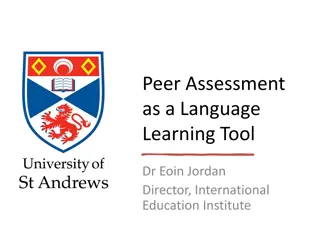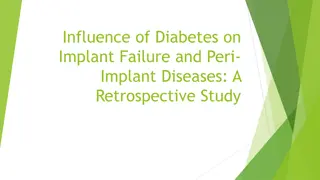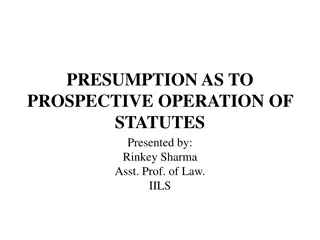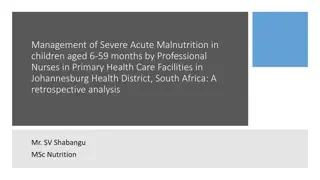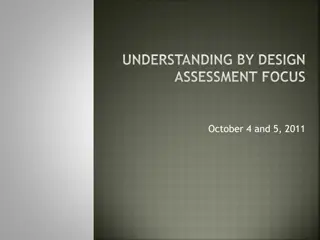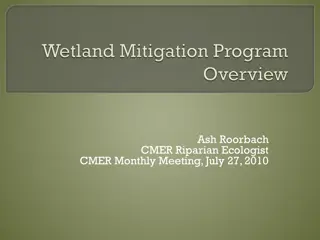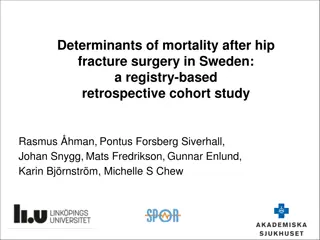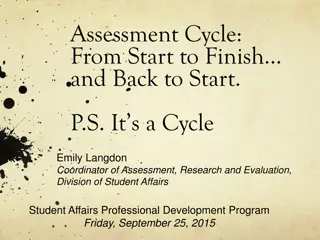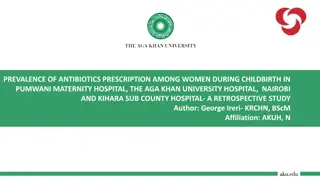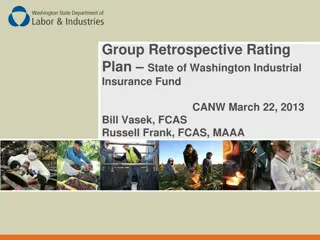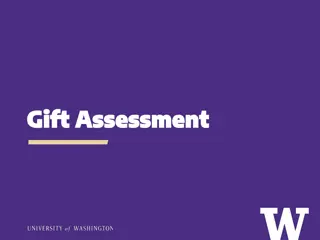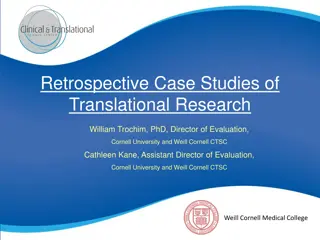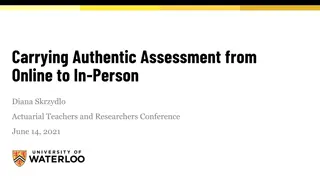Enhancing Retrospective Assessment: AWERBs' Role and Process
AWERBs play a crucial role in the retrospective assessment of projects involving severe procedures by evaluating objectives, harm to animals, and 3Rs implementation. Project license holders provide essential information to AWERBs for assessment, leading to the submission of outcomes for official inspection. The process focuses on capturing 3Rs learnings for dissemination, with outcomes like humane endpoints, refined welfare assessment, and reduced harm examples.
Download Presentation

Please find below an Image/Link to download the presentation.
The content on the website is provided AS IS for your information and personal use only. It may not be sold, licensed, or shared on other websites without obtaining consent from the author.If you encounter any issues during the download, it is possible that the publisher has removed the file from their server.
You are allowed to download the files provided on this website for personal or commercial use, subject to the condition that they are used lawfully. All files are the property of their respective owners.
The content on the website is provided AS IS for your information and personal use only. It may not be sold, licensed, or shared on other websites without obtaining consent from the author.
E N D
Presentation Transcript
Discussion topic How are AWERBs fulfilling the task of assisting with the retrospective assessment of projects involving severe procedures?
Retrospective assessment All projects involving severe procedures must be assessed retrospectively (and projects of any severity that use non-human primates, cats, dogs or equidae) A formal assessment of specific types of projects, either during or at the end, to determine, amongst other things, whether the objectives have been achieved and whether lessons can be learnt to further the implementation of the 3Rs
Project licence holders tell the AWERB: whether the work has been carried out; whether the objectives have been achieved; the amount of harm caused to animals (including numbers, species and severity; and whether any lessons can be learnt from the programme of work which may contribute to the further implementation of the 3Rs and they must provide an updated NTS
Retrospective assessment This will enable your AWERB to retrospectively assess your project including the harms and benefits As soon as your AWERB has completed its retrospective assessment we will require you to submit to us the AWERB s conclusions, together with the updated NTS agreed with the AWERB, in order that an inspector can complete the assessment on behalf of the Secretary of State ASRU Guidance on the operation of ASPA
Some example outcomes from GPG Development of more humane endpoints through use of imaging techniques Refined welfare assessment using observed clinical signs Reduction in use of foot pad inoculations to stimulate immune responses by demonstrating efficacy of a less painful route
Over to you How are your AWERBs fulfilling the task of assisting with retrospective assessment? What kinds of forms and processes do you have in place? Do project licence holders attend and discuss with you? Are 3Rs learnings effectively captured and disseminated? How? What works well, and what do you think could be done better? What one thing would you change?



